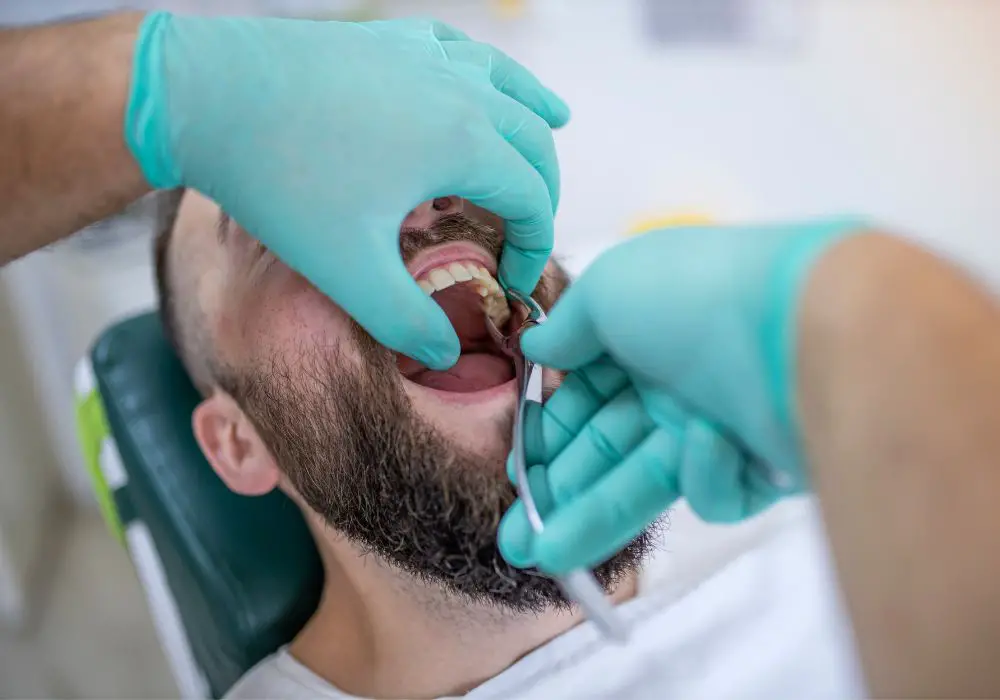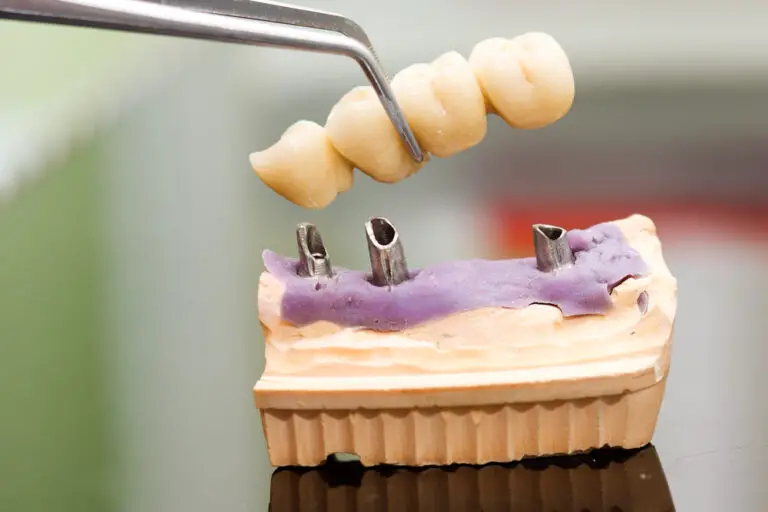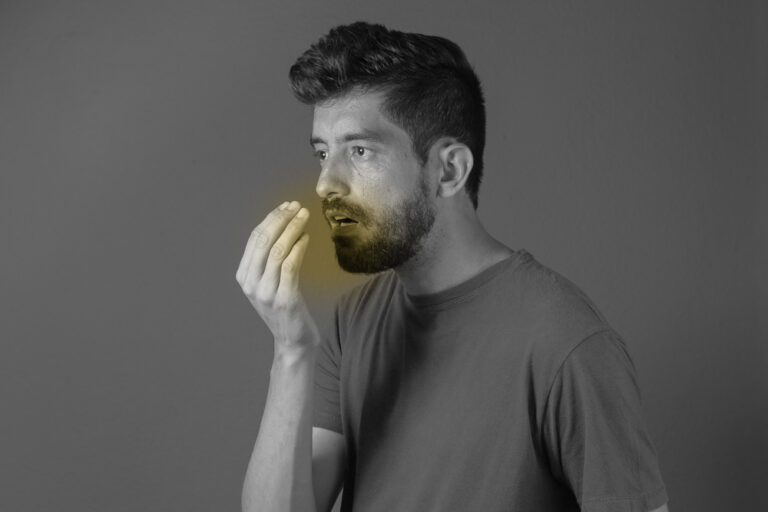Wisdom teeth, also known as third molars, are located at the very back of the mouth and are the last teeth to erupt. Most people have four wisdom teeth – one in each corner. They typically emerge between the late teens and early 20s, which is relatively late compared to other teeth.
Wisdom teeth are called such because they come through at an age where people are hopefully “wiser” than in their teens and can take better care of these new teeth. They are the only teeth that emerge already as an adult.
These third molars are furthest back in the mouth, right behind the second molars. They are the last teeth to develop and erupt. Wisdom teeth often cause issues due to lack of adequate space, improper positioning, or impaction.
Wisdom Tooth Anatomy
Wisdom teeth have the same basic structures as other teeth. This includes the crown, enamel, dentin, pulp, roots, and cementum. However, there are some unique features:
- The overall size of wisdom teeth tends to be smaller than the other molars. They have reduced dimensions since they are the last to fit into the jaw.
- Wisdom teeth usually have multiple roots. Most other teeth have one or two roots, but wisdom teeth often have three or even four separate roots.
- The roots themselves tend to be more divergent, curved, and irregularly shaped compared to more cylindrical roots of other teeth.
- Wisdom teeth commonly impact or erupt at odd angles whereas other teeth tend to emerge relatively straight up.
These anatomical differences can make wisdom teeth more difficult to extract since the distorted roots can wrap around bone and nerves. The smaller crown size also makes them harder to grasp.
Wisdom Tooth Development
Wisdom tooth formation starts early in childhood similar to other teeth. Tooth development occurs in stages:
Initiation Stage: This occurs in utero around week 8 where the band of epithelium that will form teeth thickens at certain points to create the tooth bud. Wisdom teeth buds will form at the very back.
Proliferation Stage: Around ages 3-6, the buds divide and grow down into the jawbone and up into the gums. Enamel organs start forming the tooth crown.
Calcification Stage: At ages 9-12, enamel and dentin production ramps up to calcify the crown. The roots begin developing too.
Crown Completion Stage: Around ages 14-15, crown calcification completes but stays covered by gums. Root formation continues.
Eruption Stage: From ages 17-25, the wisdom teeth slowly emerge through the gums, assisted by root elongation.
If wisdom teeth become impacted, trapped below the gums, they may remain in this partial formation state indefinitely. But in some cases, eruption may still occur much later.
What Influences Wisdom Tooth Eruption?

Many factors affect if and when wisdom teeth will successfully erupt:
- Genetics – Wisdom tooth timing has a hereditary component. Late development runs in families.
- Ethnicity – Some groups like Hispanics often get wisdom teeth early while Africans experience later emergence.
- Diet Consistency – Hard, tough foods can stimulate more jaw growth versus soft, processed foods.
- Jaw Size – Wisdom teeth need room to erupt. Smaller jaws increase impaction risk.
- Hygiene – Gum disease may impact timing. Infection and inflammation can slow the process.
- Gender – Females often have faster dental development so earlier emergence.
- Unique Oral Conditions – Local cysts, tumors, or bony defects may delay wisdom teeth.
- Tooth-Size to Arch-Length Discrepancy – A mismatch between tooth size and jaw length contributes to impaction.
- Space Available – Partially erupted teeth may continue movement into newly available space.
Can Wisdom Teeth Erupt Years After Normal?
It is certainly possible for wisdom teeth to emerge later than normal, even into someone’s 30s or beyond. A few scenarios where this delayed eruption occurs:
Partial Impaction – If wisdom teeth are initially prevented from fully erupting due to crowding or angle issues, they may remain trapped for years before slowly continuing their emergence as space becomes available.
Late Development – In some cases, wisdom tooth formation and root growth occurs at slower than normal rates so eruption is very delayed.
Second Set – Very rarely, a person may develop an extra set of wisdom teeth later in life separate from the first set. These are “second teeth”.
Congenital Absence – When wisdom teeth are missing, it may be due to impaction with delayed eruption. The teeth may still be buried in the jawbone and emerge decades later.
These situations demonstrate that eruption and development timing is not always predictable, especially for wisdom teeth. Ongoing monitoring is necessary.
Signs of Late Erupting Wisdom Teeth
Some symptoms that may indicate wisdom teeth are erupting later than expected include:
- Pain or irritation in the back of the mouth
- Inflammation and redness in the gums
- Pockets of infection or pus around the gums
- Swelling of the cheek or jaw
- Headache and jaw soreness
- Difficulty opening the mouth fully
- Changes in bite alignment or occlusion
- Discomfort or tenderness when chewing
- Visible signs of partially emerged teeth in the back of the mouth
- Peculiar taste or odor from the gums
Any combination of these could signify wisdom teeth making an appearance years after expected. Examination and x-rays confirm.
Problems With Late Erupting Wisdom Teeth

Abnormally late wisdom tooth eruption can lead to complications:
- Food Impaction – Partially visible teeth quickly accumulate debris.
- Pericoronitis – Infection and inflammation of the gums around a wisdom tooth. Quite painful.
- Tooth Crowding – Erupting wisdom teeth can shift other back teeth.
- Tooth Decay – Late wisdom teeth are harder to keep clean and prone to cavities.
- Gum Disease – Irritation and swelling of the gums.
- Cyst Formation – Fluid-filled cysts develop around erupting wisdom teeth.
- Root Resorption – Roots of neighboring teeth dissolve from pressure.
- Impacted Tooth – Partial eruption leads to a trapped tooth.
- TMJ Irritation – Jaw joint pain and dysfunction.
These complications give good reason to monitor and address late erupting wisdom teeth.
Should Wisdom Teeth Be Removed if They Erupt Late?
Guidelines vary on whether to remove wisdom teeth if they erupt after the normal timeline. Some dentists advocate prophylactic removal if any signs of problems develop. Others prefer monitoring asymptomatic wisdom teeth.
Factors that may indicate wisdom tooth extraction include:
- Misalignment – Teeth emerging at extreme tilts or angles often require removal.
- Repeated Pericoronitis – Recurring infections are a sign of trouble.
- Tooth Decay – Cavities that are unable to be restored may necessitate extraction.
- Progressive Gum Disease – Worsening periodontal disease indicates removal.
- Cysts or Tumors – Abnormal tissue growth warrants extraction.
- Tooth Crowding – Shifting of adjacent teeth may require removal to prevent further movement.
Thus the benefits and risks must be weighed individually for late erupting wisdom teeth. Frequent dental exams help detect emerging problems early.
Can Wisdom Teeth Be Guided into Proper Position?
If wisdom teeth only partially emerge later in life at unusual angles, dentists may try to correct positioning and allow full eruption. Orthodontic techniques include:
- Surgical Exposure – Cutting overlying gum tissue allows attaching braces to the tooth.
- Tissue Grafting – Adding gum tissue can guide eruption path.
- Osteotomes – Instruments loosen teeth to aid movement.
- Braces – Applying orthodontic wires pulls and uprights the tooth.
- Distraction Osteogenesis – Bone is cut and slowly lengthened to create more room.
However, these methods have a low success rate with wisdom teeth due to their more distorted roots and difficult positioning. Attempts should be made promptly while tooth is still flexible.
Wisdom Tooth Extractions in Adults

For problematic wisdom teeth that erupt late, extraction is often the solution. Different techniques are used depending on the tooth’s position and root anatomy:
Simple Extraction
- Used for a fully erupted wisdom tooth that is reasonably straight.
- Forceps can grasp crown and remove whole tooth intact.
Surgical Extraction
- Necessary for partial or fully impacted wisdom teeth.
- Some or all of the gum tissue is cut and bone may be removed.
- Teeth are split and removed in sections if required.
For adults, extractions are more complicated due to larger tooth roots and denser jaw bone. Healing also takes longer. Typical post-op care involves antibiotics, pain medicine, special rinses, and ice packs. Stitches dissolve over 1-2 weeks. Monitoring for infection or dry socket is critical.
Conclusion
Although wisdom teeth typically emerge in adolescence to early 20s, some individuals experience eruption much later into adulthood. This delayed timing is often related to impaction or slow development. Whenever wisdom teeth erupt, problems like crowding, cysts, and pericoronitis can arise requiring extraction. Through regular dental exams and proper management, issues from late wisdom teeth can be addressed.
Frequently Asked Questions
Q: Can wisdom teeth come in after 30 years old?
A: Yes, it is possible though uncommon for wisdom teeth to emerge partially or fully after age 30. Contributing factors include genetics, impaction, or delayed development timing.
Q: Is it normal to get wisdom teeth in your 40s?
A: Getting wisdom teeth in the 40s is very late but can happen. Some reasons are small jaws, partial impaction, or congenitally missing teeth that develop years later. Evaluation by a dentist is recommended.
Q: What is the oldest recorded age for wisdom teeth eruption?
A: The oldest reported age for wisdom teeth eruption is early 60s. However, most emerge by early 30s even in very late cases. Erupting wisdom teeth past 40 is uncommon.
Q: Should I remove wisdom teeth that don’t bother me?
A: Partially impacted wisdom teeth often require eventual removal even if not currently bothersome to prevent future complications. However, fully erupted wisdom teeth can possibly be retained if properly positioned.
Q: How do I know if my wisdom teeth are coming in?
A: Signs of incoming wisdom teeth include pain in the back of the mouth, swollen gums, headaches, jaw stiffness, visible partially emerged teeth, and changes in bite alignment. Dental imaging can confirm.







